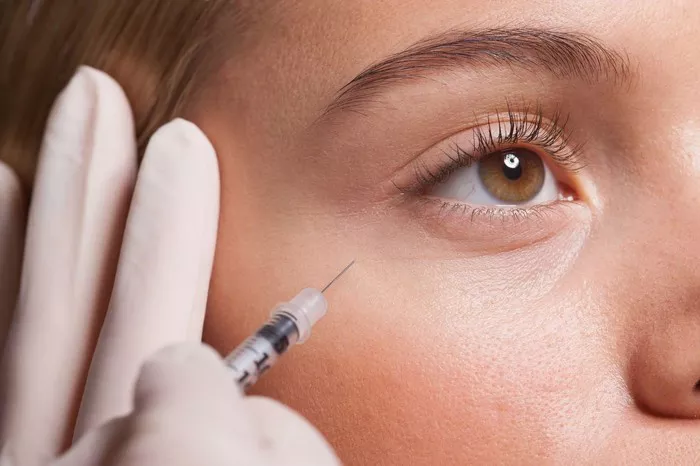Mini facelifts have become increasingly popular as a less invasive alternative to traditional facelift surgeries. This cosmetic procedure targets specific facial areas, providing a rejuvenated appearance with a shorter recovery time. As with any cosmetic treatment, patients often wonder about the longevity of the results. In this article, we will explore the duration of the effects of a mini facelift and factors that can influence its longevity.
1.Understanding the Mini Facelift:
A mini facelift, also known as a limited-incision facelift or short scar facelift, is a surgical procedure designed to address mild to moderate signs of aging in the lower face and neck. Unlike a full facelift that targets the entire face, the mini facelift focuses on specific areas, such as the jowls, jawline, and lower cheeks. It involves smaller incisions and a shorter surgical time, resulting in reduced scarring and a faster recovery period.
2.Duration of Mini Facelift Results:
The longevity of a mini facelift varies from patient to patient and can be influenced by several factors. On average, the results of a mini facelift can last between five to ten years. However, it is crucial to note that individual results may differ, and some patients may experience longer-lasting effects.
3.Factors Affecting Mini Facelift Longevity:
Age and Skin Quality:
The patient’s age and skin quality play a significant role in determining the longevity of a mini facelift. Younger patients with good skin elasticity tend to enjoy longer-lasting results, as their skin is more likely to maintain its tightened appearance.
Lifestyle and Health Habits:
Lifestyle factors, such as smoking, sun exposure, and overall health habits, can impact the longevity of mini facelift results. Smoking, in particular, can contribute to accelerated aging and diminish the effectiveness of the procedure.
Skincare and Maintenance:
Proper skincare and regular maintenance can help extend the results of a mini facelift. Patients are advised to follow a personalized skincare regimen and protect their skin from sun damage to maintain a youthful appearance.
Weight Fluctuations:
Significant weight fluctuations can affect the results of a mini facelift. Maintaining a stable weight can help preserve the tightened appearance achieved through the procedure.
Genetics:
Genetics also play a role in how an individual’s face ages over time. Some people naturally have more resilient skin and may experience longer-lasting results from a mini facelift.
4.Combining Treatments:
To enhance the longevity of mini facelift results, some patients opt to combine their procedure with other non-surgical treatments or surgical procedures. Dermal fillers, neurotoxins, and laser treatments can complement the effects of a mini facelift, providing added volume, smoothing wrinkles, and improving skin texture.
5.Consultation and Individual Assessment:
The duration of mini facelift results can be discussed in more detail during a consultation with a board-certified plastic surgeon. Each patient’s unique facial anatomy, concerns, and goals will be carefully assessed to determine the most suitable treatment plan and set realistic expectations for the procedure’s longevity.
Conclusion:
A mini facelift is a popular cosmetic procedure designed to address mild to moderate signs of aging in the lower face and neck. While the results can vary from person to person, the effects of a mini facelift generally last between five to ten years. Several factors, such as age, skin quality, lifestyle habits, and genetics, can influence the longevity of the results. To maximize the benefits of a mini facelift, patients are encouraged to adopt healthy lifestyle habits, protect their skin from sun damage, and consider complementary treatments when appropriate. Consulting with a qualified and experienced plastic surgeon is essential to receive personalized guidance and achieve the most satisfying and long-lasting results from a mini facelift procedure.


